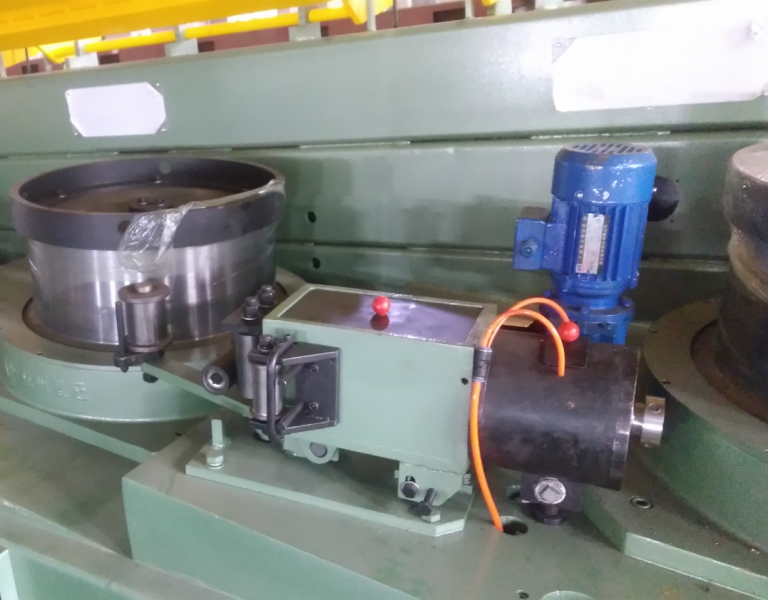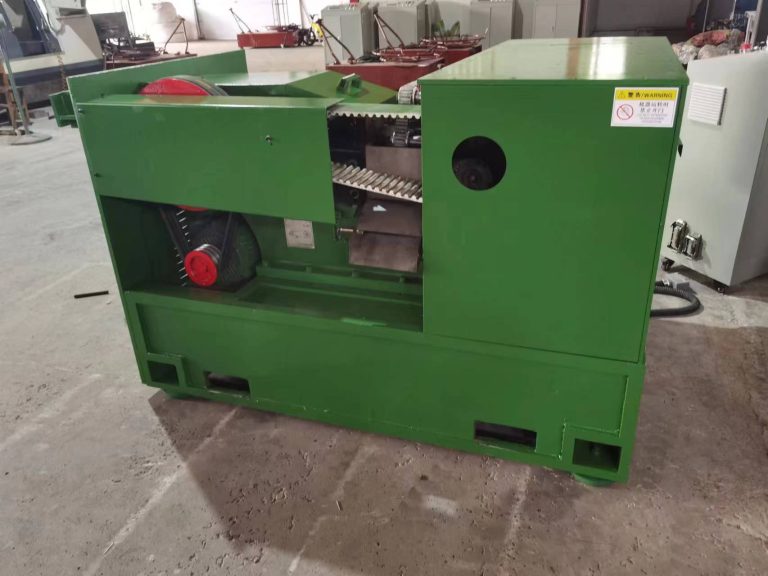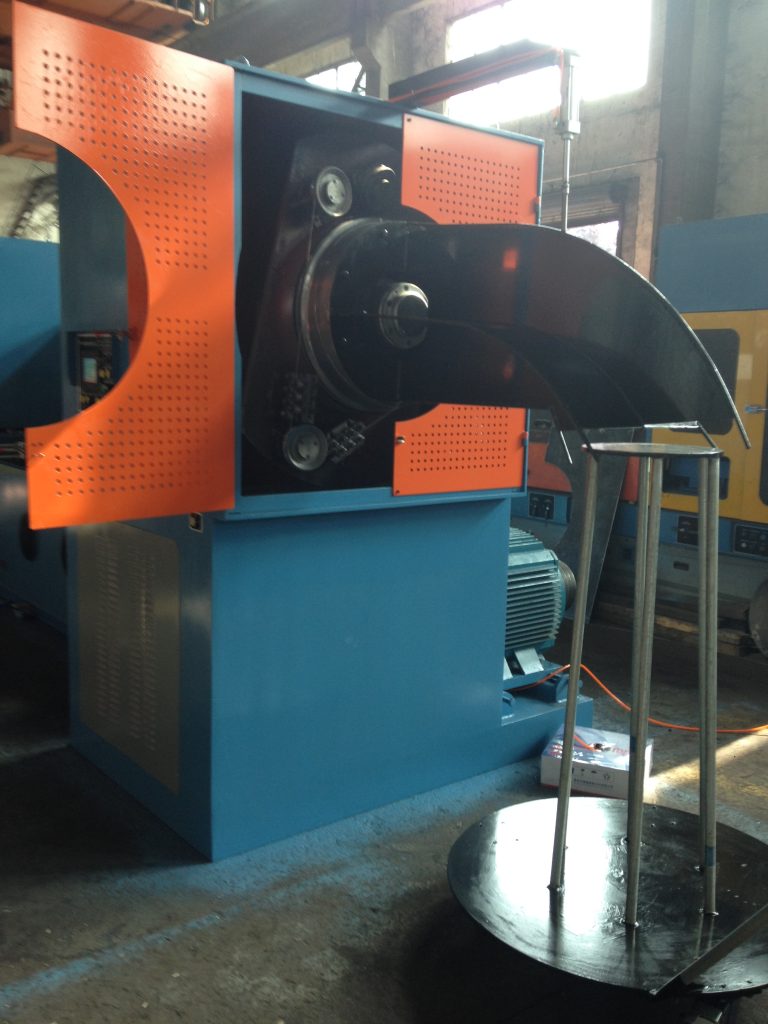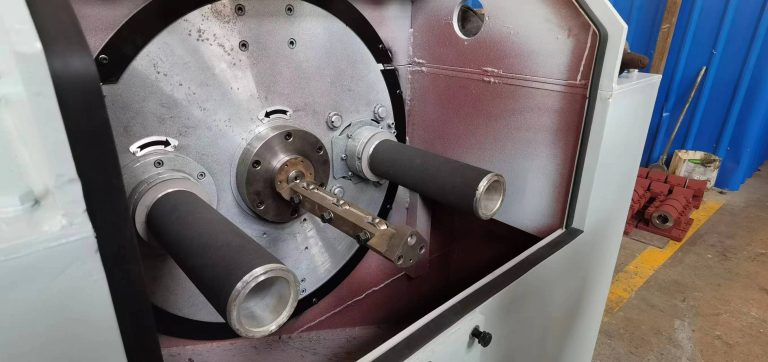Understanding the Mechanism of a Rotating Die Holder
A rotating die holder is a crucial component in various manufacturing processes, particularly in industries that involve metalworking and machining. This device plays a significant role in ensuring the accuracy and precision of the final product. Understanding how a rotating die holder works is essential for anyone involved in these industries.
The primary function of a rotating die holder is to securely hold a die in place while allowing it to rotate freely. This rotation is necessary to create threads on a workpiece or to shape the material in a specific way. The die holder typically consists of a body, a handle, and a mechanism that allows the die to rotate.
The body of the die holder is usually made of high-quality steel or other durable materials to withstand the rigors of industrial use. It is designed to securely hold the die in place and provide stability during the threading or shaping process. The handle is attached to the body and allows the operator to easily maneuver the die holder while working on the material.
The mechanism that enables the die to rotate is a key feature of the rotating die holder. This mechanism can vary depending on the type of die holder, but the most common design involves a set of gears or bearings that allow the die to spin freely. Some die holders may also have a ratcheting mechanism that ensures the die rotates in one direction only.
When using a rotating die holder, the operator must first select the appropriate die for the job. The die is then inserted into the holder and secured in place. The operator can then begin threading or shaping the workpiece by rotating the die holder in the desired direction. The rotating die holder ensures that the threads are cut evenly and accurately, resulting in a high-quality finished product.
One of the advantages of using a rotating die holder is that it allows for greater control and precision during the threading process. The operator can easily adjust the speed and direction of the rotation to achieve the desired results. This level of control is essential for producing threads that meet industry standards and specifications.
In addition to its precision and control, a rotating die holder also helps to increase efficiency in the manufacturing process. By allowing the die to rotate freely, the operator can work more quickly and effectively, reducing the time and effort required to complete the job. This can lead to cost savings and improved productivity for the company.
Overall, the rotating die holder is a valuable tool in the metalworking and machining industries. Its ability to securely hold and rotate a die while providing precision and control makes it an essential component in various manufacturing processes. Understanding how a rotating die holder works is essential for anyone involved in these industries, as it can help to improve the quality and efficiency of the production process.






